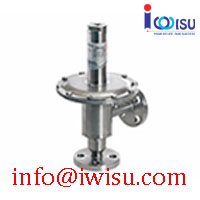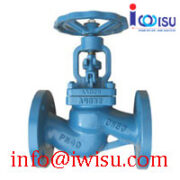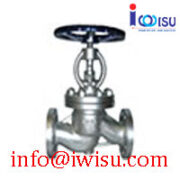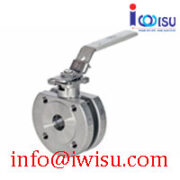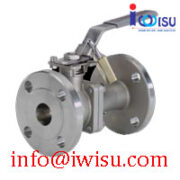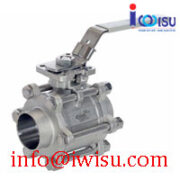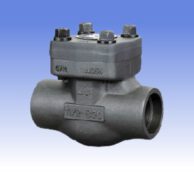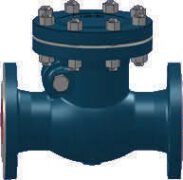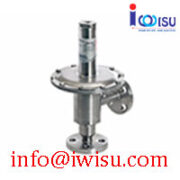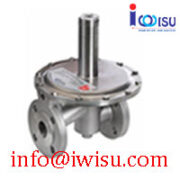LOW-PRESSURE REDUCING REGULATOR TYPE BRE
Description
Low-pressure reducing and relief valves regulate pressures in mbar range and serve the inertisation and blanketing of containers, reactors, stirrer vessels, centrifuges, etc. with inert gas such as nitrogen.
Inertisation
For discontinuous batch processes before process start, the reactor cham – ber is rendered inert. The inertisation of spaces describes the process to displace the oxygen in the air or other reactive or explosive gases or gas compounds by adding of inert gas.
Ventilation/Blanketing
Aim of ventilation/protective gas blan – keting is maintaining the inert condition inside the reactor, tank or container during the manufacturing process.
Technical Data
| Stainless steel casing | : DN15 to DN50 | 16 bar |
| DN80 to DN100 | 10 bar | |
| Max. inlet pressure | : up to DN50 < 50°C | 16 bar |
| at max. 150°C | 13 bar | |
| DN80 – DN100 < 50°C | 10 bar | |
| at max. 150°C | 8 bar | |
| Max. negative pressure | : vacuum-resistant | |
| Control range springs | : -200 to 1000 mbar | |
| Control range pilot pressure | : -200 to 2000 mbar | |
| Max. temp. FFKM (Kalrez®) | : -20°C to +150°C | |
| Max. temp. PKM (Viton®) | : -20°C to +120°C | |
| Max. temp. PVDF | : -20°C to +130°C | |
| Flow rate at standard setting: | DN | 15 | /1/2” | : 0.5 Nm3/h | |
| DN | 25 | / 1” | : | 1 Nm3/h | |
| DN | 40 /11/2” | : | 2 Nm3/h | ||
| DN | 50 | / 2” | : | 2 Nm3/h | |
| DN | 80 | / 3” | : | 5 Nm3/h | |
| DN | 100 / 4” | : | 5 Nm3/h | ||
Designs/Certificates
| Design according to pressure equipment directive | : DGR 97/23/EG |
| Marking > DN32 | : CE0036 |
| Declaration of Conformity QS 04 ATEX 2006 | : II 2GD opt. IIC |
| FDA conformity for elastomers: | : US.FDA 21 CFR |
| Factory Acceptance Certificate: | : EN10204 2.2 |
| EN10204 3.1 |
Reducing Regulator Function
Spring-loaded pressure reducing regulators are “relative pressure regulators”, designed to keep the process pressure “B” at a con-stant level. The nominal pressure is set by means of the setscrew, located at the spring housing. When at rest, the regulator remains in an open position. When the pressure “A” rises, pressure is released through the open valve seat “F” to the process side of the valve and through the internal feedback bore “E” underneath the diaphragm. This will continue, until the diaphragm force “C” exceeds the spring force “D”, while the process pressure “B” rises. The diaphragm is lifted and the vale seat “F” closes. In the event that the process pressure “B” drops below the pre-adjusted nominal pressure, the spring force “D” presses the dia-phragm downwards, so that the valve seat “F” opens and admits gas until pressure equalization is reached again.
Relief Valve Function
Spring-loaded relief valves are “relative pressure regulators”, designed to keep the process pressure “A” at a constant level. The nominal pressure is set by means of the setscrew, located at the spring housing. When at rest, the regulator remains in a closed position. When the process pressure “A” increases, pressure is released through the internal feedback bore “E” underneath the diaphragm. If the diaphragm force “C” exceeds the spring force “D” the valve seat “F” opens and the over pres-sure is discharged to the vent side “B”. If the process pressure “A” drops, the diaphragm force “C” is lower compared to the spring force “D” and the valve seat “F” closes. The pressure in the vent line can be atmospheric or vacuum. With vacuum in the vent line the flow capacity of the regulator is increased.

